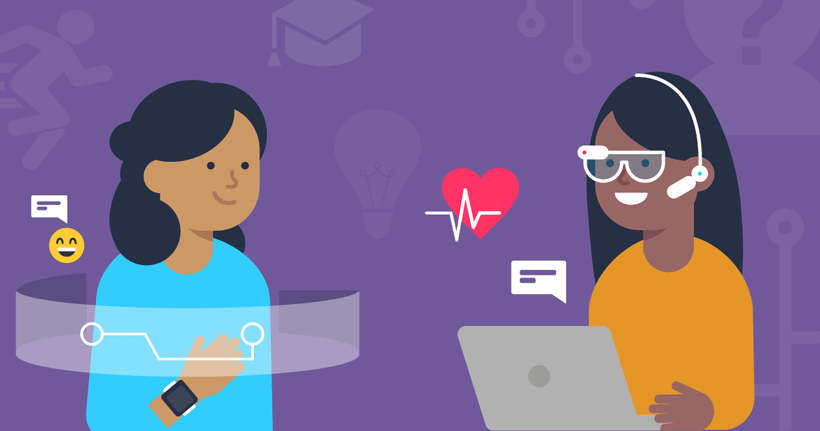To explore the impacts of deepfake technology in more detail, we held a series of focus groups earlier this year. The focus groups featured teenagers aged 15-17 and covered the subject of online misogyny. This also included gender-dynamics which underpin child-on-child sexual harassment and abuse.
Participants discussed sexual abuse involving deepfake technology – an issue that has hit the headlines multiple times this year, in both the UK and internationally. Teenagers – in particular female participants – generally shared the view that being a victim to deepfake abuse could in fact be more harmful than conventional forms of non-consensual image-sharing.
Participants told us that the intensity of harm lies in the lack of agency and control that they would feel in a deepfake. This is because they would have no knowledge of or consent to its production:
“I think that the deepfake would be a lot worse maybe, because, with a nude, you’ve took it as well, so you know about it, whereas the deepfake, you won’t have any clue at all. There could literally be one out right now and no one could know” – Girl, aged 15-17, Internet Matters focus group.





